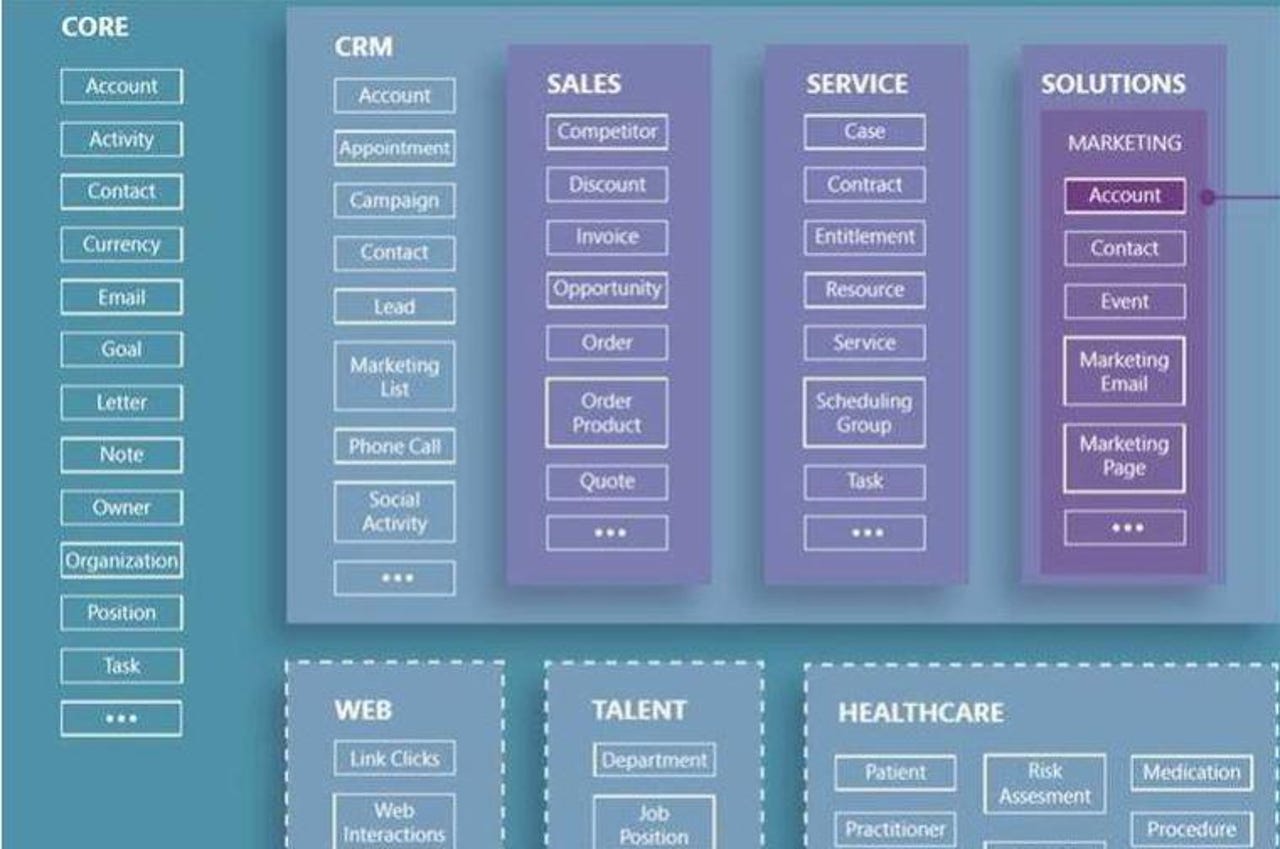What's next for the Open Data Initiative?


microsoft ignite 2019
A year ago at its Ignite 2018 conference, Microsoft played up heavily its partnership with Adobe and SAP to form the Open Data Initiative (ODI). This year at Ignite, however, there was barely a mention of ODI, which surprised me given it was one of Microsoft's biggest announcements at its annual IT pro confab just a year ago.
I had a chance to check in with Richard Riley, Senior Director of Power Platform Marketing and one of the Softies deeply enmeshed in all things ODI during a one-on-one meeting at Ignite earlier this month. Riley said there's no trouble in ODI paradise; it's just a time when lots is happening behind the scenes.
Microsoft, Adobe and SAP announced the formation of ODI in the fall of 2018. They proposed ODI as a way for companies to "re-imagine customer experience management" (aka CRM) by being able to integrate CRM, ERP, commerce, sales, product usage and other data into a single data view that works across devices.In March 2019, Microsoft announced a dozen other companies that had signed on to become part of an ODI Partner Advisory Council. HP also has expressed interest in ODI (as a customer, not a contributor) since its founding.
So what's next?
"We're building a technical roadmap for customers," Riley said.
Before the end of November, he said, the ODI core team plans to have technical assets available to share with partners enrolled in the ODI private preview program. He said they will get a draft spec of the data model that Microsoft is building with Adobe and SAP. And a software development kit will allow them to interact with the abstraction layer that the team is building.
At this point, the ODI founding team is working on the entity metadata model, which will allow partners to "decorate" their own data with ODI metadata, Riley said. On the Microsoft side, the company is working on sharing capabilities in Dynamics that will allow users to export entites and put them in an Azure Data Lake in ODI format. Microsoft is continuing to make sure a number of its Azure services, such as Azure Data Factory, Azure Databricks ad the recently introduced Azure Synapse Analytics, will be able to understand the ODI data structure.
Adobe and SAP, meanwhile, are working on integrating their own data and products with the ODI data structure. SAP is working on exporting data through the SAP Data Hub and its transformation templates. Adobe is working to integrate with products like Adobe Clickstream data that is used by Adobe Analytics, for example, Riley said.
I've had a number of customers and industry watchers ask when and if Microsoft CRM rival Salesforce will ever join the ODI. One might think last week, when Salesforce announced plans to adopt Azure for its Salesforce Marketing Cloud, could have provided an opportune moment. But so far, there are no indications I've seen that Salesforce intends to join the ODI reindeer games concurrent with Dreamforce this week or any time soon.
Update: As Microsoft Business Applications Most Valuable Professional (MVP) Jukka Niiranen noted on Twitter, given that Salesforce recently formed -- along with Amazon AWS, the Linux Foundation's Joint Development Foundation and Genesys -- the Cloud Information Model (CIM) which aims to standardize data interop across cloud apps, it's looking unlikely Salesforce will end up backing ODI.